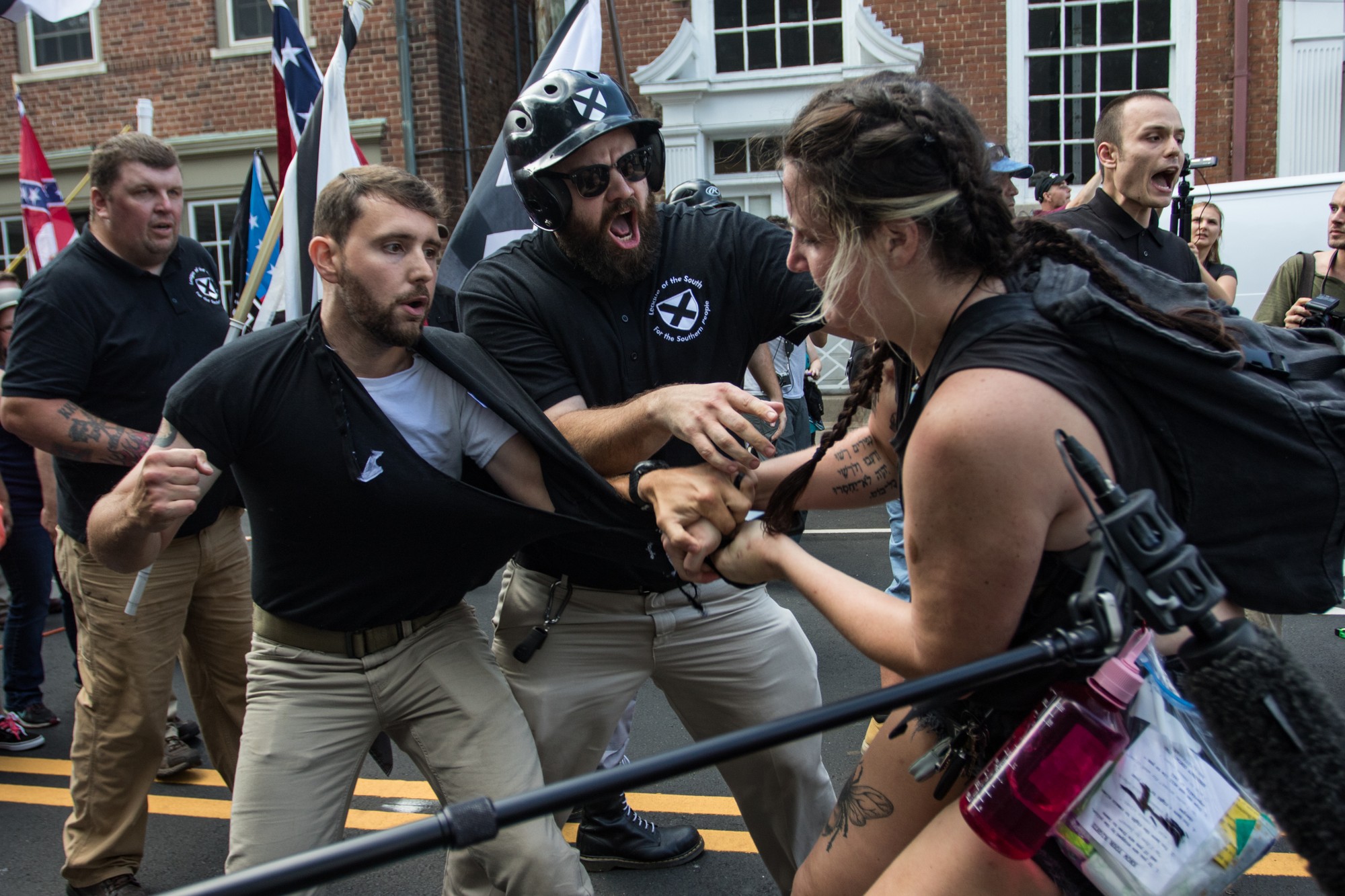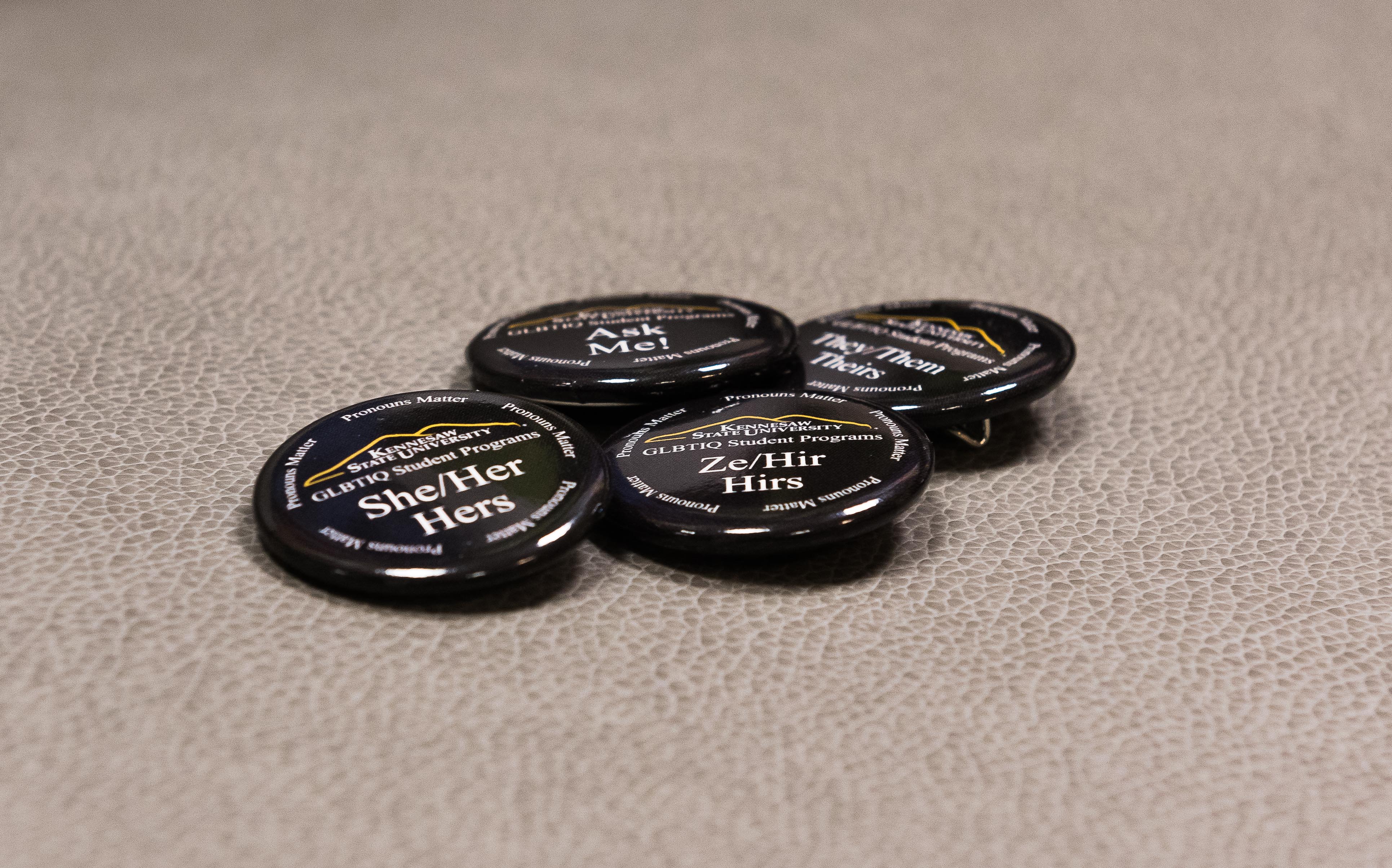The wake of the conflict between protesters in Charlottesville, Virginia, over the weekend, left our nation torn. This led me to wonder how people in Kennesaw would have reacted had it occurred here instead.
A minor detail bypassed in the wake of this event, witnessed behind the screens of our smartphones and computers, was that this protest began with a march on the University of Virginia campus on the night of Aug. 11.
Following the march on UVA, on Sat., Aug. 12, the protesters, a group of white supremacists, skinheads and others, gathered for a ‘Unite the Right’ march to protest the removal of the statue of Confederate General Robert E. Lee, in Emancipation Park — once known as Lee Park. The protest turned violent when the group was met by counter-protesters. The worst of the violence occurred when white nationalist James Alex Fields deliberately plowed his vehicle into a group of counter-protesters, killing 32-year-old Heather Heyer and critically wounding many others.
College students witnessed this hatred first-hand, and the unsettling fact here is that this isn’t the end of the violence.
It is naïve to believe that racism does not exist in America today or that this issue does not apply to you. This divide is still present, and we as human beings have yet to analyze our own implicit biases to search for a better way to unite together for our nation.
Both students and faculty should care about what is taking place in this country we call our home and should want to do something about it. Not having an opinion on political issues is still taking a stance. Becoming a bystander of violent riots does not cease the spread of hate. Caring only about what happens in your own backyard, on your own campus, is counteractive to the idea of a united nation.
Love cannot be silenced when hate is loud. Now is the time to address this issue, not only internally—for ourselves—but externally, for our community.
The protesting group of white supremacists, skinheads, white nationalists and others were all gathered for varying reasons, but the root of these hateful prejudices centers around one topic that our society continues to easily ignore or dismiss daily: racism.
Separation based on the color of one’s skin is not just a constituent of the Civil Rights Movement when it began in 1954, and it did not end in 1968 when the movement was discontinued after the assassination of Martin Luther King Jr. Whether it’s chosen to be acknowledged or not, our country is present in a world where a difference in skin tones defines superiority.
These divides are not about who is right or is who is wrong. Instead of feelings of uncertainty, anguish, separation, or fear in the duration of these outbreaks, we need to recognize healing and forgiveness, and to focus on trust, unity and ultimately, love. Division begins when one wants to be heard and understood more than one wants to take the time to listen and understand another’s point of view.
As Martin Luther King Jr. once said “Darkness cannot drive out darkness; only light can do that. Hate cannot drive out hate; only love can do that.”


